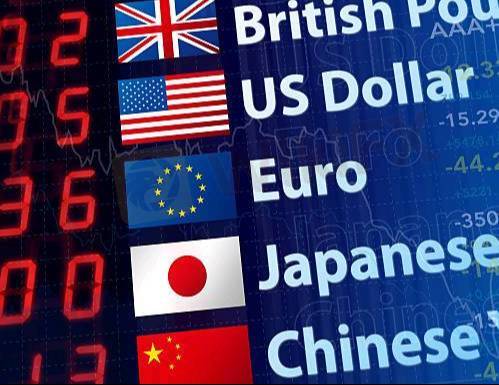
2025-01-31 20:00
業界Big Data in Forex Trading
Big Data in Forex trading refers to the use of large volumes of market data, economic indicators, news, social sentiment, and other relevant information to make more informed trading decisions. By analyzing vast datasets, traders can uncover patterns, trends, and correlations that would be difficult to identify manually.
Key aspects of Big Data in Forex trading include:
1. Real-Time Data: Access to real-time price data, news feeds, and economic releases to make timely trading decisions.
2. Sentiment Analysis: Analyzing social media, news, and financial reports to gauge market sentiment and predict potential market movements.
3. Machine Learning: Leveraging algorithms and AI to analyze historical data and predict future price movements, optimizing trading strategies.
4. Data-Driven Decision Making: Using large datasets to refine trading strategies, improve risk management, and identify high-probability opportunities.
5. Backtesting: Running simulations on historical data to test trading strategies and optimize parameters before applying them in live markets.
In Forex enhances decision-making, reduces human error, and allows for more precise, data-driven trading strategies. However, it requires significant computational resources and expertise to manage and interpret effectively.
#firstdealofthenewyearFateema
いいね 0

FX1289820445
ブローカー
人気の話題
業界
WikiFX2025マネーポスティングチャレンジ
業界
三菱UFJ銀行、半沢頭取ら役員5人に報酬減額処分 貸金庫事件で
業界
\🎥生配信のお知らせ🎥/
業界
【要人発言】ー トランプ米大統領
業界
【本日の見通し】日銀会合
業界
ドル円は156.50円付近までに回復
市場分類

会社ナビ

エキスポ

IB

募集

EA

業界

相場

指標
Big Data in Forex Trading
 ナイジェリア | 2025-01-31 20:00
ナイジェリア | 2025-01-31 20:00Big Data in Forex trading refers to the use of large volumes of market data, economic indicators, news, social sentiment, and other relevant information to make more informed trading decisions. By analyzing vast datasets, traders can uncover patterns, trends, and correlations that would be difficult to identify manually.
Key aspects of Big Data in Forex trading include:
1. Real-Time Data: Access to real-time price data, news feeds, and economic releases to make timely trading decisions.
2. Sentiment Analysis: Analyzing social media, news, and financial reports to gauge market sentiment and predict potential market movements.
3. Machine Learning: Leveraging algorithms and AI to analyze historical data and predict future price movements, optimizing trading strategies.
4. Data-Driven Decision Making: Using large datasets to refine trading strategies, improve risk management, and identify high-probability opportunities.
5. Backtesting: Running simulations on historical data to test trading strategies and optimize parameters before applying them in live markets.
In Forex enhances decision-making, reduces human error, and allows for more precise, data-driven trading strategies. However, it requires significant computational resources and expertise to manage and interpret effectively.
#firstdealofthenewyearFateema
いいね 0
私もコメントします
質問します
0コメント件数

誰もまだコメントしていません、すぐにコメントします

質問します
誰もまだコメントしていません、すぐにコメントします